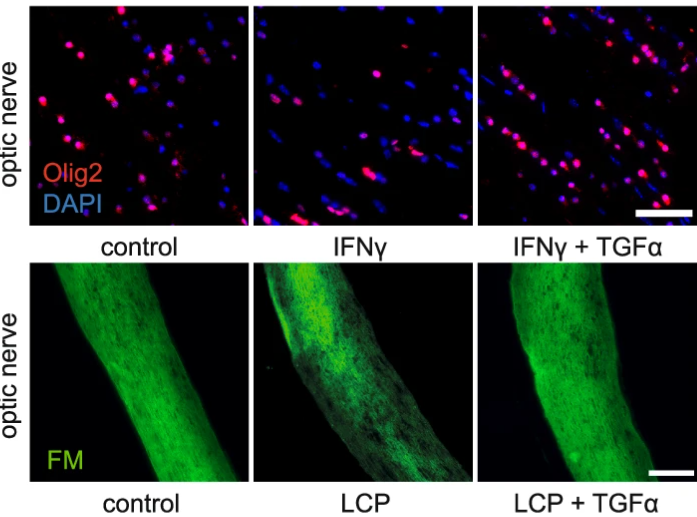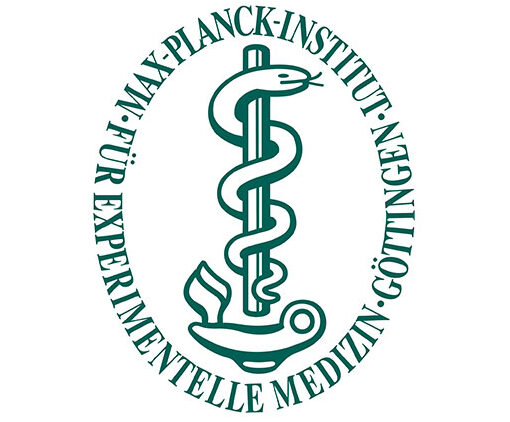TGFα controls checkpoints in CNS resident and infiltrating immune cells to promote resolution of inflammation
Other (20)
Background
Autoimmune inflammation in the central nervous system (CNS), such as in multiple sclerosis (MS), causes varying outcomes largely influenced by complex interactions among resident glial cells (microglia, astrocytes), infiltrating immune cells, and the blood–brain barrier. Understanding the endogenous mechanisms that drive inflammation resolution and tissue repair is essential, but these CNS-intrinsic pathways remain poorly defined.
Key Findings
- Microglia-Derived TGFα as a Central Regulator: Microglia in both human MS cerebrospinal fluid (CSF) and a mouse model of MS (EAE) were shown to secrete TGFα with tightly controlled timing and localization, especially during recovery phases.
- Multi-Cellular Protective Effects: Genetic removal of TGFα in microglia aggravated EAE severity, increased CNS infiltration by T cells and myeloid cells, and led to greater neuron and oligodendrocyte loss, demyelination, and axonal injury.
In vitro, TGFα reduced inflammatory gene expression in microglia, astrocytes, macrophages, dendritic cells, oligodendrocyte precursors, and neurons, highlighting its broad anti-inflammatory and neuroprotective properties. - Intranasal TGFα as a Therapeutic Strategy: Delivering TGFα intranasally in EAE mice improved clinical outcomes, decreased lesion volumes (confirmed by MRI), balanced immune signaling in astrocytes and T cells, reduced glial reactivity, and preserved neurons and myelin integrity.
Reduced CSF TGFα levels were observed in relapsing-remitting MS patients, inversely correlated with clinical severity, suggesting that boosting TGFα may help restore protective immune networks .
Implications
- TGFα emerges as a key mediator of glial–immune crosstalk, regulating infiltrating immune cells and supporting CNS-resident cells during recovery.
- Targeting TGFα may represent a novel therapeutic Avenue: Intranasal delivery that bypasses the blood–brain barrier could leverage endogenous tissue repair mechanisms, offering a new direction for treating acute and progressive neuroinflammatory disorders like MS.
Conclusion
This study uncovers microglia-derived TGFα as a powerful, multi-targeted agent that orchestrates CNS recovery after autoimmune inflammation. By dampening inflammation and promoting survival of neurons and oligodendrocytes, TGFα holds significant therapeutic promise, especially when delivered intranasally to enhance lesion resolution and protect neural tissue.
📖 Full text for further details: Nature Communications
TRR 274 Project leaders contributing to this project: Veit Rothammer (1st Funding Period – B04: Interaction of glial and CNS infiltrating immune cells in the recovery from acute inflammatory and hypoxic tissue damage in the CNS).





